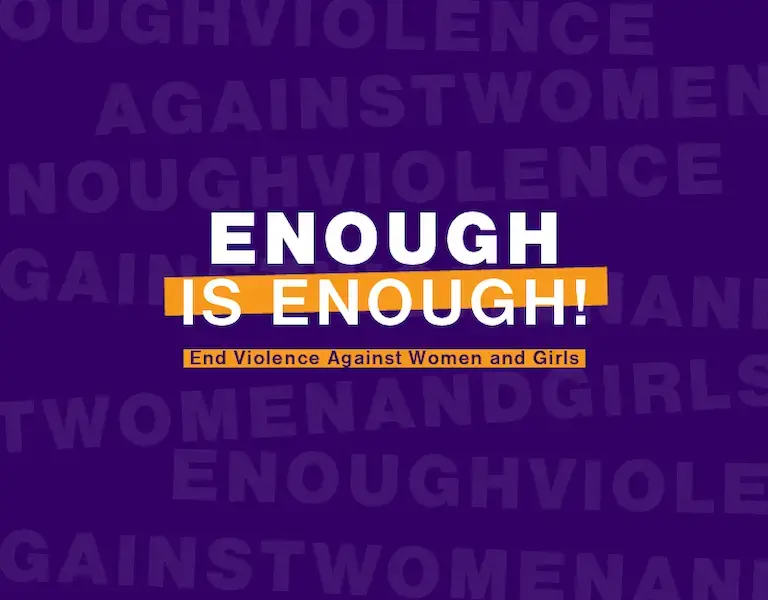Unless inequality is urgently tackled and the poorest women and girls empowered to make their own decisions about their lives, countries could face unrest and threats to peace and development. This is one of the main findings of UNFPA flagship publication, The State of the World Population Report 2017 entitled Worlds Apart: Reproductive health and rights in an age of inequality, launched on 17 October.
Economic inequality reinforces and is reinforced by other inequalities, including those in women’s health, where only a privileged few are able to control their fertility, and, as a result, can develop skills, enter the paid labour force and gain economic power. Thus, the costs of inequalities, including in sexual and reproductive health and rights, could extend to the world’s chances to achieve the Sustainable Development Goals and Agenda 2063: The Africa We Want.
THE SWOP 2017 - KEY FINDINGS ON AFRICA
Health and Wellbeing
- The greatest wealth-based inequalities in satisfying the demand for family planning are in West and Central Africa, followed by East and Southern Africa.
- Although access to antenatal care is growing worldwide, women in developing countries, particularly in sub-Saharan Africa and South Asia, routinely make or receive fewer than four antenatal visits.
- The greatest wealth-based inequality in use of skilled birth care is in West and Central Africa while East and Southern Africa comes third.
- HIV/AIDS is today the leading cause of death among adolescent girls in East and Southern Africa, and girls make up 80% of new HIV infections among adolescents in this region.
Employment and Entrepreneurship
- Globally, 6.2 per cent of women are unemployed, compared with 5.5% of men. The largest differences in men's and women's unemployment are in Northern Africa.
- According to ILO, only five countries in Africa had parental leave provisions - all unpaid - in 2013.
- In sub-Saharan Africa, more than 60 per cent of all working women remain in agriculture-work that is poorly remunerated, seasonal and insecure.
- Unpaid care responsibilities contribute to the significantly larger gender wage gap among women with children in general: in sub-Saharan Africa, it is 31 per cent for women with children compared with 4 per cent for women without.
Education and Skills Development
- If education inequality were cut in half in sub-Saharan Africa, the annual 2005-2010 growth rate would have been approximately 47% higher.
- The Ethiopia Liaison Office is committed to do its part achieve a more equal world and every person can have access to sexual and reproductive health and rights.
“Inequality in countries today is not only about the haves and have nots,” UNFPA Executive Director Dr. Natalia Kanem says. “Inequality is increasingly about the cans and cannots. Poor women who lack the means to make their own decisions about family size or who are in poor health because of inadequate reproductive health care dominate the ranks of the cannots.”
Failure to provide reproductive health services, including family planning, to the poorest women can weaken economies and sabotage progress towards the number one sustainable development goal, to eliminate poverty. “Countries that want to tackle economic inequality can start by tackling other inequalities, such as in reproductive health and rights, and tearing down social, institutional and other obstacles that prevent women from realizing their full potential,” Dr. Kanem says.
The report recommends the following 10 Actions to ensure equality in Africa and around the world, starting by meeting all commitments and obligations to human rights agreed in international treaties and conventions, and including ensuring gender equality throughout the life cycle and access to services and opportunities for the poorest and most vulnerable.
THE SWOP 2017 – 10 ACTIONS FOR A MORE EQUAL WORLD
- Meet all commitments and obligations to human rights agreed in international treaties and conventions.
- Tear down barriers – whether discriminatory laws or service gaps – that prevent adolescent girls and young women from accessing sexual and reproductive health information and services.
- Reach the poorest women with essential, life-saving antenatal and maternal health care.
- Meet all unmet need for family planning, prioritizing women in the 40 per cent of households.
- Provide a universal social protection floor, offering basic income security and covering essential services, including maternity-related benefits and support.
- Bolster services such as childcare to enable women to enter or remain in the paid labour force.
- Adopt progressive policies aimed at accelerated income growth among the poorest 40 per cent, including thought steeped-up human capital investments in girls and women.
- Eliminate economic, social and geographical obstacles to girls’ access to secondary and higher education, and to their enrolment in courses in science, technology, engineering and mathematics.
- Accelerate the transition from informal jobs to formal, decent work, focusing first on sectors with large concentrations of poor, female workers, and unblock women’s access to credit and property ownership.
- Work towards measuring all dimensions of inequality and how they influence each other, and strengthen links between data and public policy.




